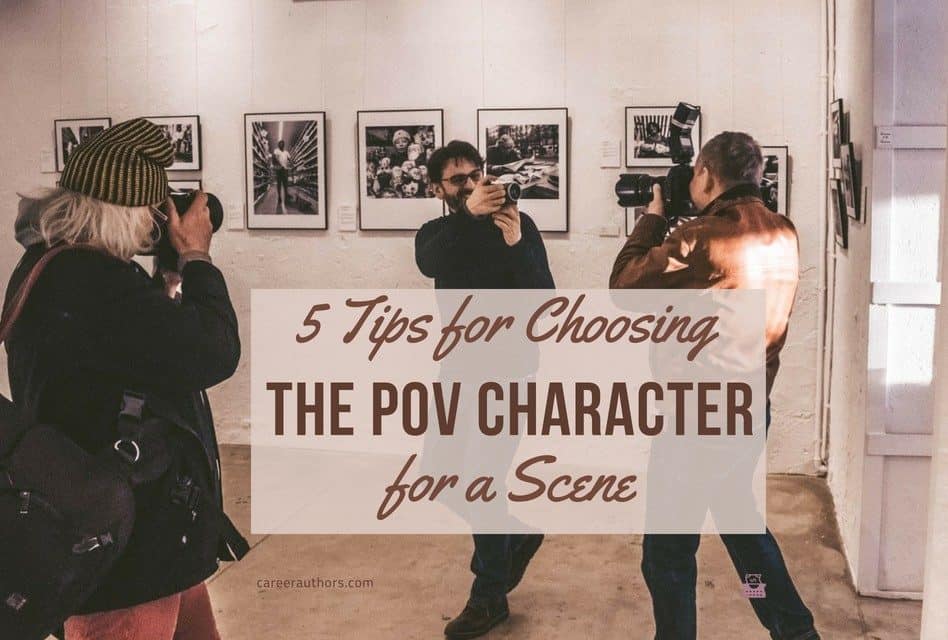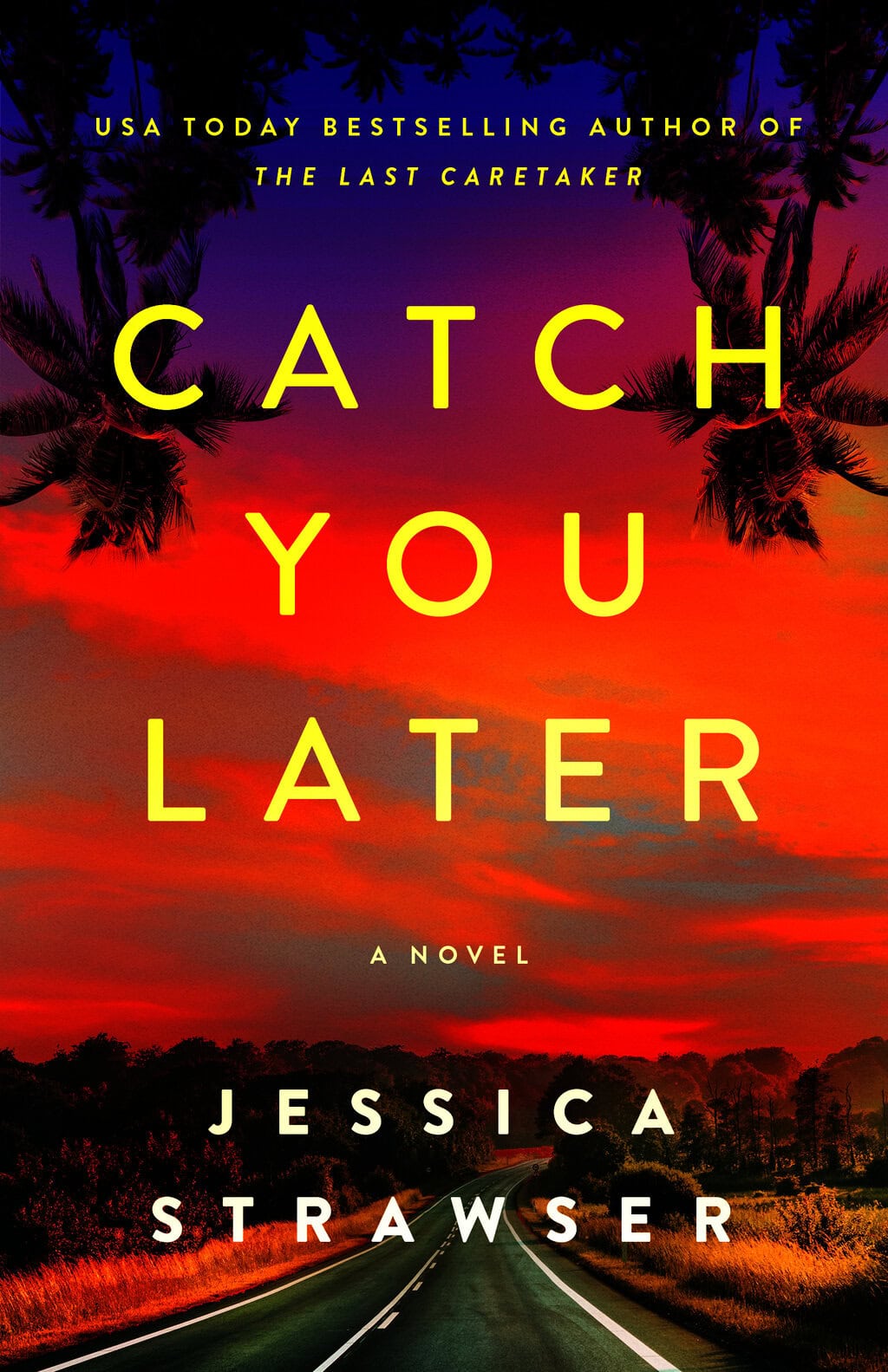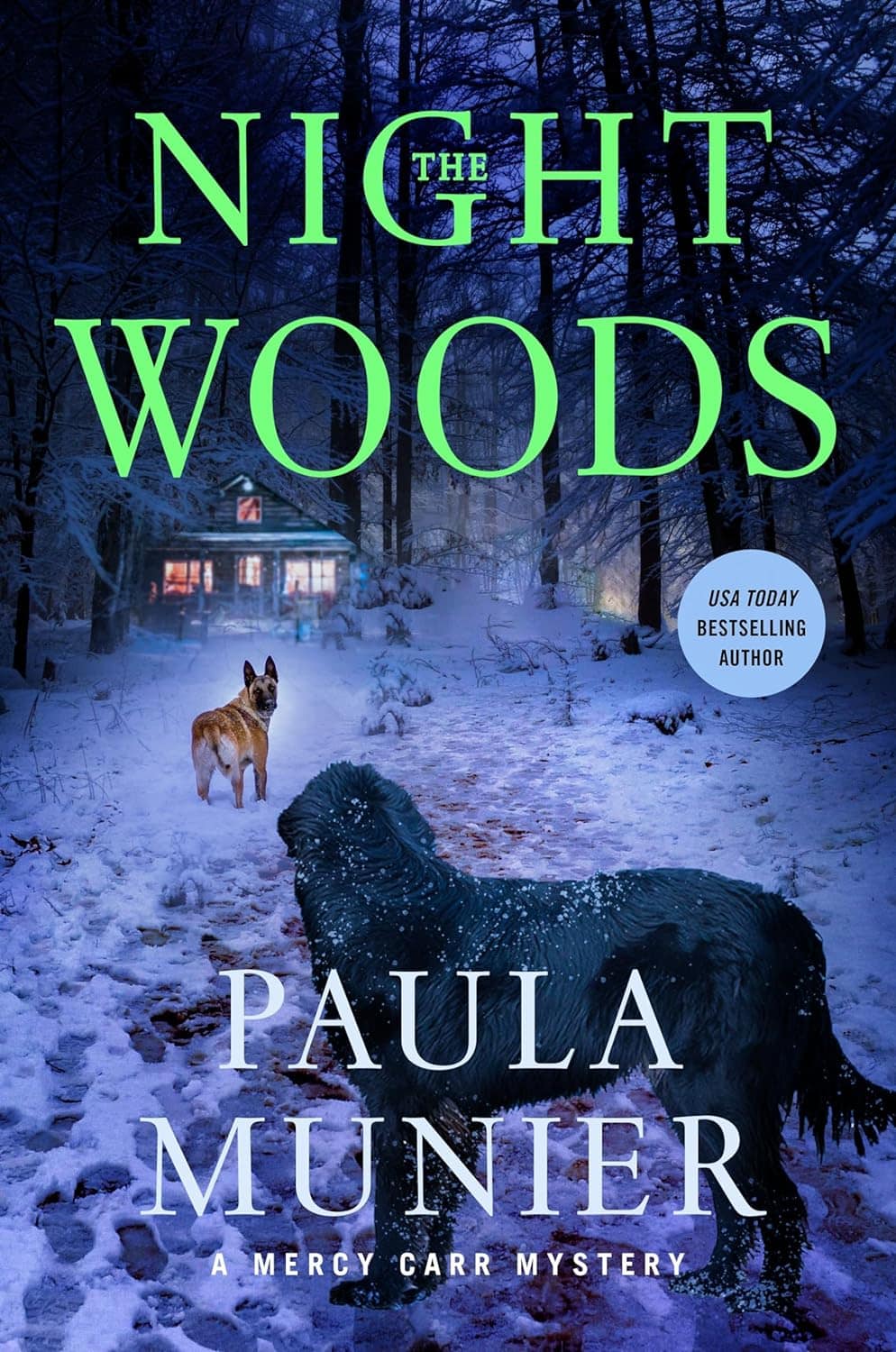Point of view (POV) can be tricky. We all know that. It’s even trickier when you’re using multiple POVs.
My work in progress features four POV characters of equal importance. That is, each of their story lines has a similarly strong story arc, and they each get roughly one-quarter of the word count. Deciding whose POV works best for any particular scene has been tricky.
It’s an easy call when a POV character narrates a scene that features only non-POV characters. However, when one or more of the POV characters share a scene, who comes out on top? That is, which character’s POV are you in? Who’s narrating the action?
Here are five tips that have helped me make this critical decision. Hopefully, they’ll help you, too.
1. Main first
If you have a main character, use her POV.
Sometimes, you have multiple POV characters, but one of them is clearly the novel’s main character. If this is the case, you will almost always let this person retain the POV when participating in a scene that includes other POV characters. It feels weird if you don’t.
2. Who matters most?
Narrate the scene from the POV of the character who has the most at stake.
When you have POV characters who are essentially equal in importance, the character with the most at stake in the scene gets to narrate. That way, readers are inside the head of the person who is experiencing the strongest emotions (failure, elation, envy, shock, etc.). (I admit that determining who has the most at stake can be a problem all its own, but you can figure it out. I believe in you.)
3. No spoilers
If giving the character with the most at stake the POV reins would ruin a plot point or surprise (she’s the murderer, for instance), then consider letting readers see the scene from the POV of the character with the least at stake.
That person, with less invested in what’s going on, can act almost as a reporter, offering his observations about the other characters in the scene.
4. Let the plot dictate
Let the needs of the plot or story determine who narrates.
For instance, do you need to describe Character A in detail for some reason? Then let one of your other POV characters narrate and provide a description. Do you need to highlight an important clue that Character A wouldn’t know about or notice? (Perhaps Character A is a slob who would never notice the extra dish in the sink that points to murder rather than suicide, or perhaps he’s hard of hearing and can’t hear the parrot squawk an important piece of information). Then a different POV character is in charge.
5. Consider switching
Consider switching POVs within the scene.
Yes, yes, we’ve all read that head-hopping is evil, a writerly sin punishable by excommunication, banishment, death, and—worst of all—no publishing contract. However, if done intentionally and with care, you can switch POVs during a single scene to get all your POV characters’ take on something, or to keep them all involved in the action. (I guess I’ll have to write a post on how to pass the POV, as it were, won’t I? Stay tuned.)
What POV do you write in and why? What are some of the POV issues you struggle with? Better yet, how have you resolved problematic POV issues? Come share with us on Facebook.





